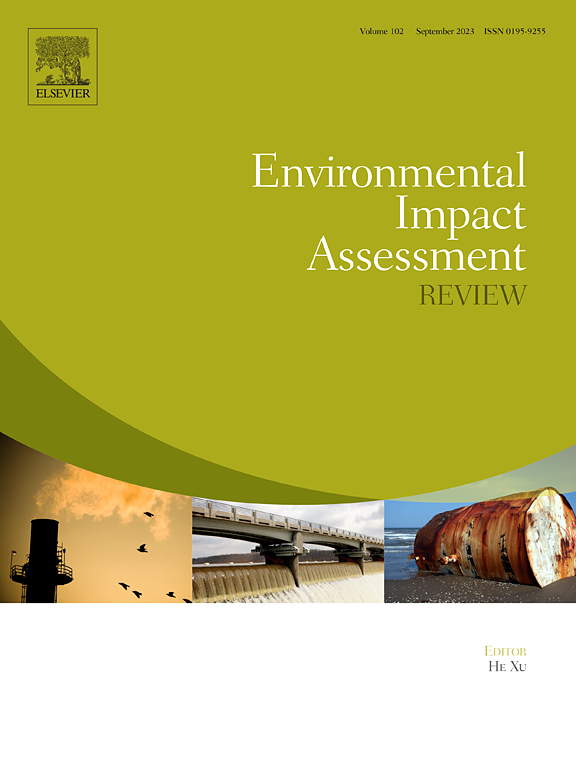Cost-effectiveness assessment of retrofitting construction equipment for reducing diesel emissions—A life cycle and public health effects perspective
IF 9.8
1区 社会学
Q1 ENVIRONMENTAL STUDIES
引用次数: 0
Abstract
Retrofitting construction equipment is widely recognized as an effective strategy to reduce diesel emissions. However, limited research exists on comprehensive models for assessing the cost-effectiveness of retrofitting—a critical metric in developing successful retrofitting programs. This study addresses this gap by developing a novel model that integrates life-cycle analysis and public health effects. The model consists of three key components: calculating the life-cycle average annualized cost (LCAAC) associated with employing retrofitting technologies, quantifying the corresponding reduction in public health effects emissions equivalent (PHEEE), and analyzing cost-effectiveness. The model's applicability is demonstrated through a case study on 6428 pieces of construction equipment in Hong Kong, grouped into 71 categories for analysis. The study finds that retrofitting achieves an average of 4873.34 kg PHEEE reduced per million HK$ spent. Among the categories, excavators with rated power between 300 and 600 hp. and compliant with US Tier 1 emission standards (labeled as E-HP7-T1) are identified as the most cost-effective to retrofit. Notably, the study highlights that fuel penalties associated with retrofitting—often overlooked in traditional assessment—constitute 53.86 % of total costs, significantly influencing cost-effectiveness outcomes. From a life-cycle and public health effects perspective, this model enables a more accurate cost-effectiveness assessment. It equips policymakers with tools to prioritize retrofitting investments that maximize emissions reductions and health benefits. Additionally, it offers valuable insights to construction fleet managers for improving retrofitting efficiency, particularly through strategies to mitigate fuel penalties.
求助全文
约1分钟内获得全文
求助全文
来源期刊

Environmental Impact Assessment Review
ENVIRONMENTAL STUDIES-
CiteScore
12.60
自引率
10.10%
发文量
200
审稿时长
33 days
期刊介绍:
Environmental Impact Assessment Review is an interdisciplinary journal that serves a global audience of practitioners, policymakers, and academics involved in assessing the environmental impact of policies, projects, processes, and products. The journal focuses on innovative theory and practice in environmental impact assessment (EIA). Papers are expected to present innovative ideas, be topical, and coherent. The journal emphasizes concepts, methods, techniques, approaches, and systems related to EIA theory and practice.
 求助内容:
求助内容: 应助结果提醒方式:
应助结果提醒方式:


